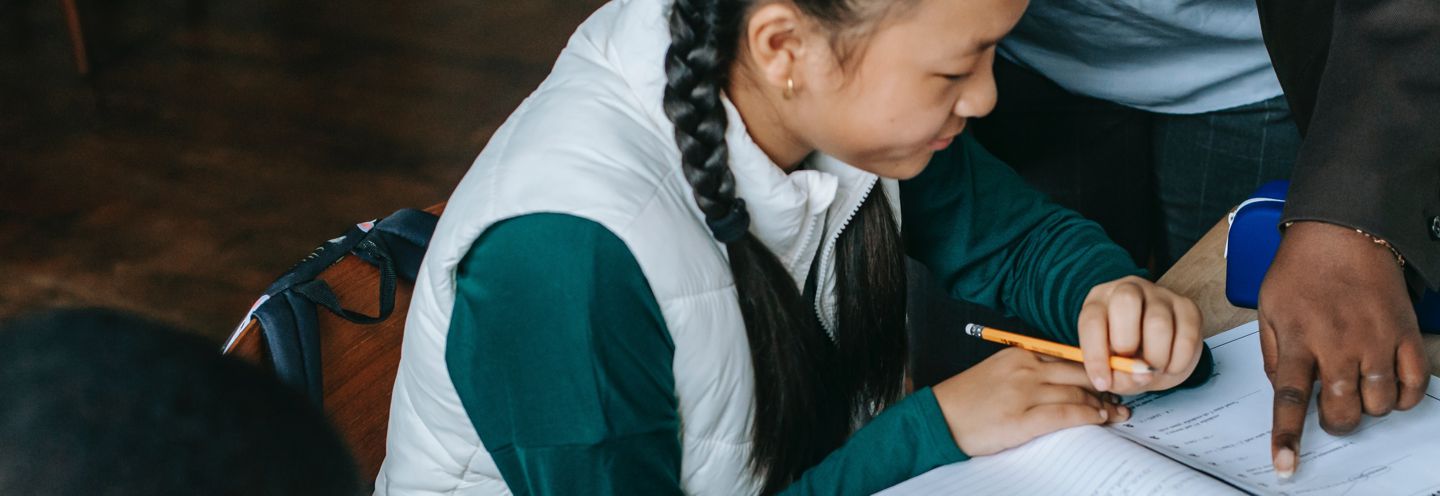Teacher Resources | 386 Results

Factors to keep in mind when prioritizing kids' media healthChildren under two should spend as little time with screen devices as possible, except for video-chats with people they know offline and

In this lesson, students become aware of the types and amounts of violence in children's programming, and how media violence influences young viewers.

Talk Back! How to Take Action on Media Issues gives you the tools to talk back to media companies.

Welcome to MediaSmarts’ guide for families on navigating TikTok safely! In this resource we provide insights and practical tips for parents, guardians, caregivers and teachers to ensure a secure and

Today's kids have become the most marketed-to generation in history, due to their spending power and their future influence as adult consumers. By talking to kids about advertising - how it works and

Here are some tips on how to do that:Explore AI together. If young kids are using an AI chatbot or voice assistant, sit with them at first to help them learn to use it and get curious about its

That’s why it’s important to talk to kids about casual prejudice which is the use of words or phrases that are negative towards a particular group - and help them learn how to push back in situations

Images of men and women in the media are often based on stereotypical roles of males and females in our society. Because stereotyping can affect how children feel about themselves and how they relate

Along with images of natural disasters and violence, one all-too-common news item that can be distressing to kids is reports of hate crimes. Seeing or hearing about hate-motivated assaults and

Most kids see hate and prejudice in places like games, social networks, and online videos. They also say that they want to do something about it when they see it, but don't know what to do.

